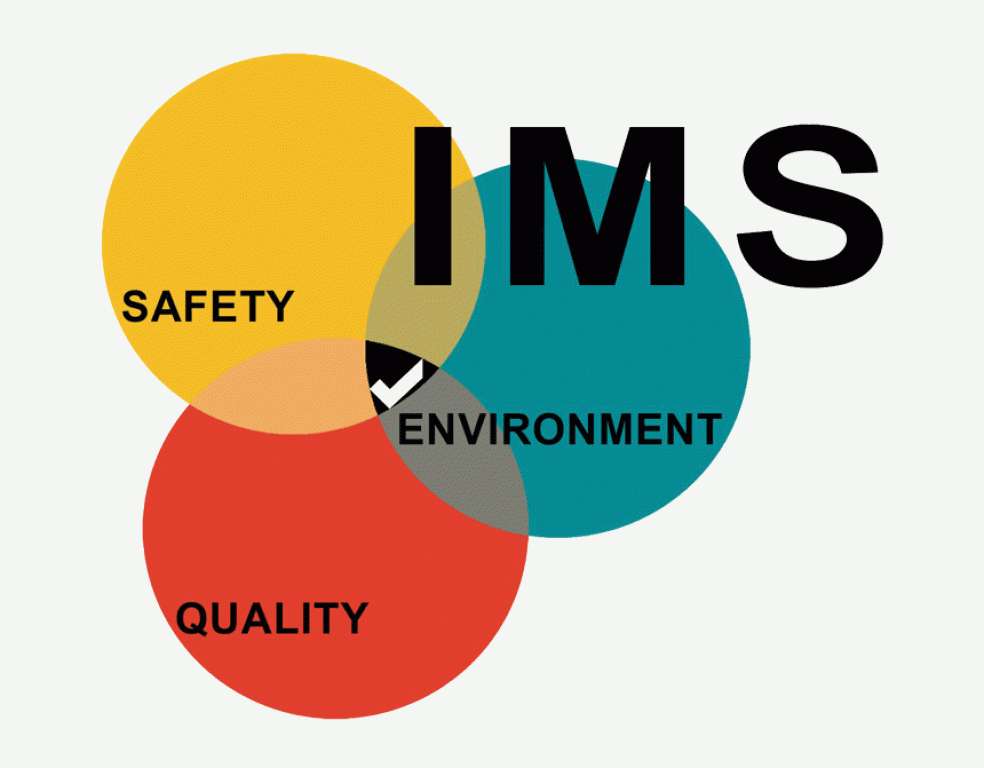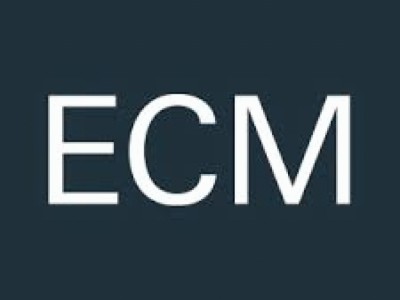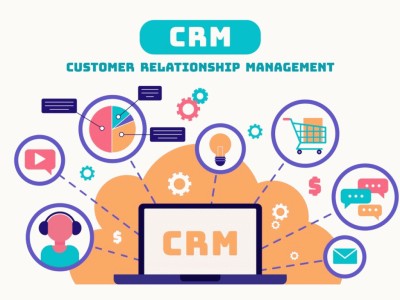What is the design and construction of IMS systems?
The number of management systems has increased dramatically in recent years, which reflects the needs and demands of more organizations that seek to improve their performance in a wide range of areas and sectors, and in this way, consolidation and integration. ISO international standards help a lot.
From quality improvement to energy efficiency, occupational health and safety standards, environmental performance or even road traffic, the use of management systems has grown rapidly in recent years, reflecting more complex operational environments and contexts. .
Striving for continuous improvement and sustainable performance requires a manual to help organizations respond and grow through effective design of a management system that is agile and integrated and based on approved standards.
ISO 9001 quality management, ISO 50001 energy management and ISO 14001 environmental management are some of the most well-known and widely used ISO management system (MSS) standards, among the more than thousands of standards that make up the ISO suite. The World Standard Organization also covers areas such as organizational health and safety (ISO 45001), food safety (ISO 22000), education (ISO 21001) and information technology (ISO 27001), etc.
What is an Integrated Management System (IMS)?
An integrated management system (IMS) combines all aspects of an organization's systems, processes and standards into one intelligent system, for example combining the 3 main standards ISO 9001, ISO 14001 and ISO 45001.
This integration of standards allows a business to simplify its management, save time and increase efficiency by addressing all elements of the management system as a whole.
Benefits of using IMS integrated management systems
Successful integration of an organization can have great benefits such as avoiding duplication of work, more effective use of time, better use of resources to implement and manage organizations in a more efficient way, achieving cost-effective certifications. More and reducing the fatigue and boredom of going through the audit. Also, the integrated management system can be a factor of efficiency, because simple procedures and continuous improvement can help your business progress with better quality, improve health and safety, and increase productivity. Integrated management with common tasks and processes means that the costs and time required to implement and maintain your system can be reduced. By conducting only one audit and one management review, you can save time and money, and senior staff can move on to other essential tasks. Integrating your systems eliminates complexity. With aligned systems and common processes, you can make your procedures more logical and consistent. This makes common business goals stand out and gives your business clearer, more defined goals for success.
IMS integrated management system deployment
Integrated management system is a combination of multiple management system standards registered in its organization. Management systems are developed, implemented and maintained through a system with processes that cover the requirements of each standard.
For example, the processes required in each standard for document control, internal audit, dealing with non-conformities, corrective actions or management review can be shared so that the requirements of each standard can be effortlessly duplicated.
The integrated management system simultaneously manages the requirements of ISO 9001, the quality management system standard; and ISO 14001, environmental management system standard, from the International Organization for Standardization (ISO); and 45001, Occupational Health and Safety Specifications. It is possible to create more logical and consistent work processes. By creating these types of trends, common business goals are highlighted and provide a clearer path to business success.
IMS integrated management system requirements:
The requirements of IMS depend on the type of integrated standards and the combination of different standards can lead to different conditions for implementation and then obtaining IMS certification.
Why should management systems be integrated?
The integration is designed to:
- Ensure you focus on business goals and objectives
- Coordination and optimization of practices
- Reducing business risks and increasing profits
- Balancing conflicting goals
- Eliminate conflicting responsibilities and relationships
- Create stability
- Reduce duplication and thus reduce costs
- Improve communication
- Facilitate training and development
To ensure effective integrated management systems, the following functions must be performed:
Risk Assessment
Risk management should address customer perceptions, health and safety risks, environmental concerns and impacts, and process failure modes. By having a common approach, it will be easier to compare the risks occurring in different parts of the business.
Norms and regulations management
to capture norms and regulations with regard to product specifications, environment and health and safety and their effects on business. Continuous improvement management – should focus on specific improvement programs related to quality, health and safety, and the environment.
Stakeholder Awareness
Must address the needs of customers, employees, and the general public with respect to quality, health and safety, and the environment.
IMS integrated management system implementation plan
Often, companies that seek to implement ISO. The implementation of three management systems, the ISO 9001 quality management system, the ISO 14001 environmental management system and the ISO 45001 occupational health and safety management system, which in fact constitute an integrated management system called IMS, are on their agenda. In order to implement IMS, companies and organizations are looking for experienced and professional consultants who can manage these three quality management systems, environmental management systems and occupational health and safety management systems, or in other words ISO9001, ISO14001 and ISO 45001. Give them advice and document and implement them.





